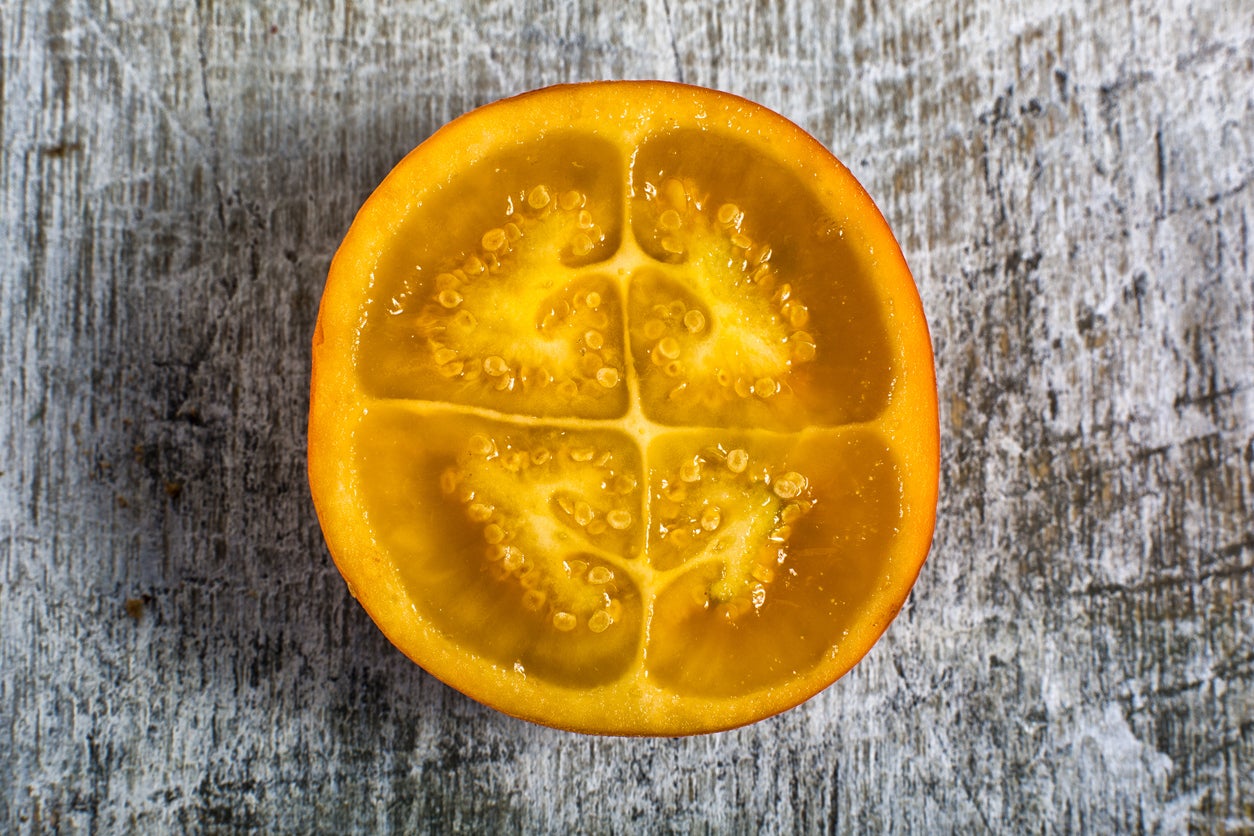My Naranjilla Isn’t Fruiting: Why Won't My Naranjilla Fruit


One of the most rewarding aspects of growing your own fruits and vegetables is the ability to grow produce that is not commonly available at local farmer's markets or in grocery stores. Though some plants may be difficult to grow, many gardeners are eager to experiment in growing more challenging crops. Naranjilla shrubs are an excellent example of a fruiting plant, although not common in most gardens, that will delight and reward even the most experienced of home gardeners. However, the process of growing this plant is not one which comes without frustration, such as having no naranjilla fruits.
Why Won’t My Naranjilla Fruit?
Producing fruits commonly referred to as “little oranges,” these edible members of the Solanaceae family are native to South America. Prized for its use in desserts and flavored drinks, the naranjilla plant produces small, orange-yellow fruits on upright shrubs. Though it is possible to purchase the plants online, naranjilla plants are most commonly propagated by growth from seed. When grown from seed, plants may begin to bear fruit in as little as nine months from planting. Unfortunately, though, there are many issues which may inhibit flowering and fruit set. When grown in the correct climate, naranjilla plants tend to be everbearing in habit – producing harvests of fruit throughout the growing season. As one may imagine, some home gardeners may become quite concerned when their naranjilla isn’t fruiting. Varying climatic conditions can negatively impact flowering and fruit set. Gardeners living in areas with short growing seasons may especially have difficulty setting fruit. With the exception of those living in frost free climates, naranjilla plants will need to be grown in containers or indoors throughout cool season or winter temperatures. While no fruit on naranjilla can be quite frustrating for growers, the spiny plant does add quite a bit of visual appeal to flower beds. In addition to certain climatic elements, naranjilla won’t fruit when grown in subpar conditions. This may include broad ranges of temperatures, as well as improper soil nutrients and inadequate drainage in flower beds and in containers. Another possible explanation in regards to why one’s plants may bear no narajanilla fruits relates directly to day length. Though not specifically noted, many believe that these shrubs only begin fruit set when day lengths are at around eight to ten hours.
Sign up for the Gardening Know How newsletter today and receive a free copy of our e-book "How to Grow Delicious Tomatoes".

Tonya Barnett has been gardening for 13 years. Flowers are her passion. She has transformed her backyard into a cut flower garden, which she regularly chronicles on her YouTube channel http://www.youtube.com/@tonyawiththeflowers.